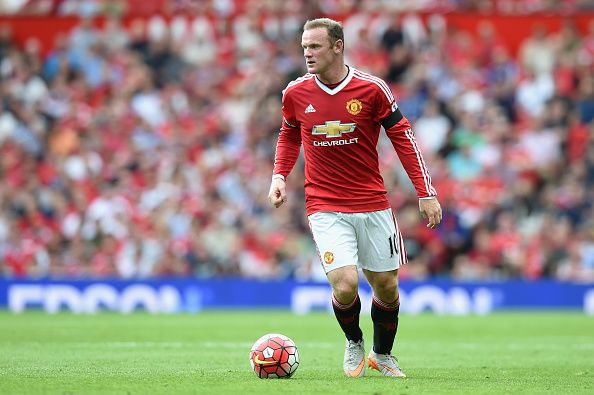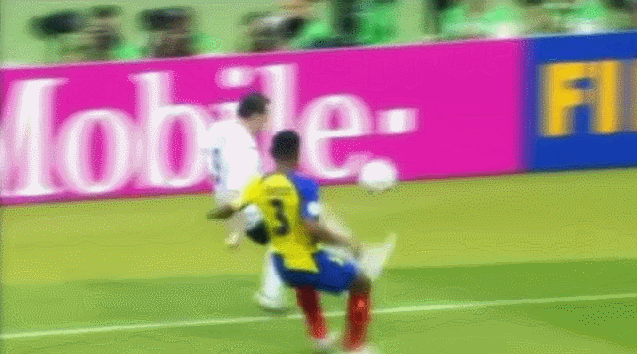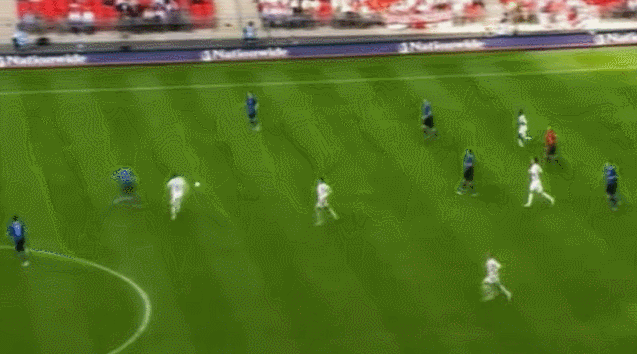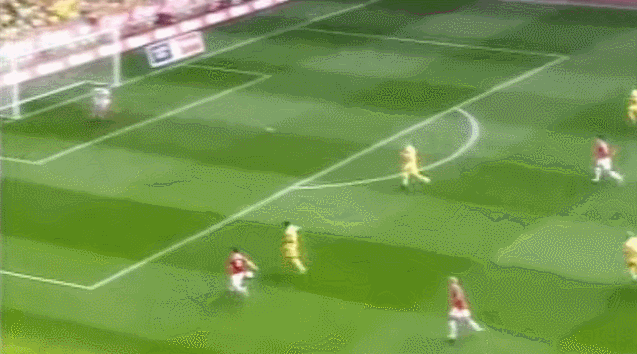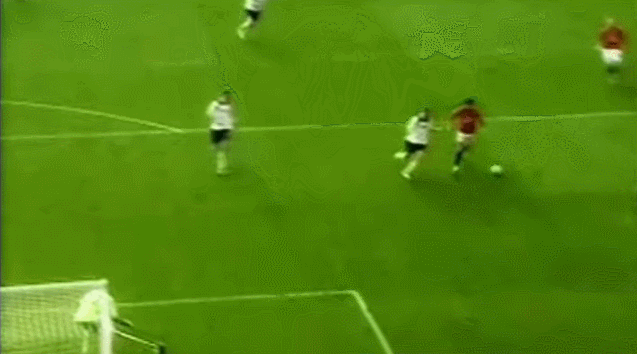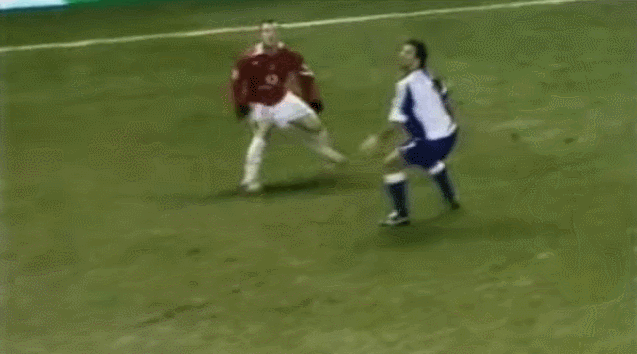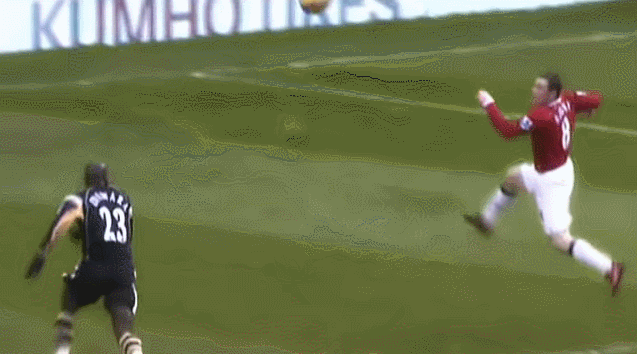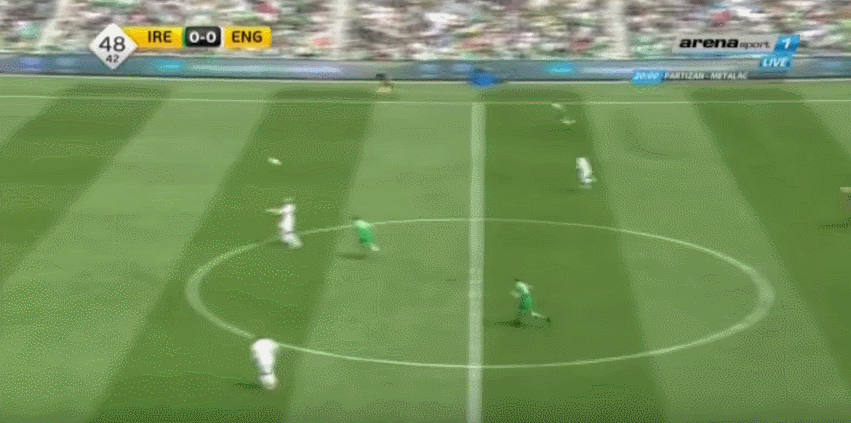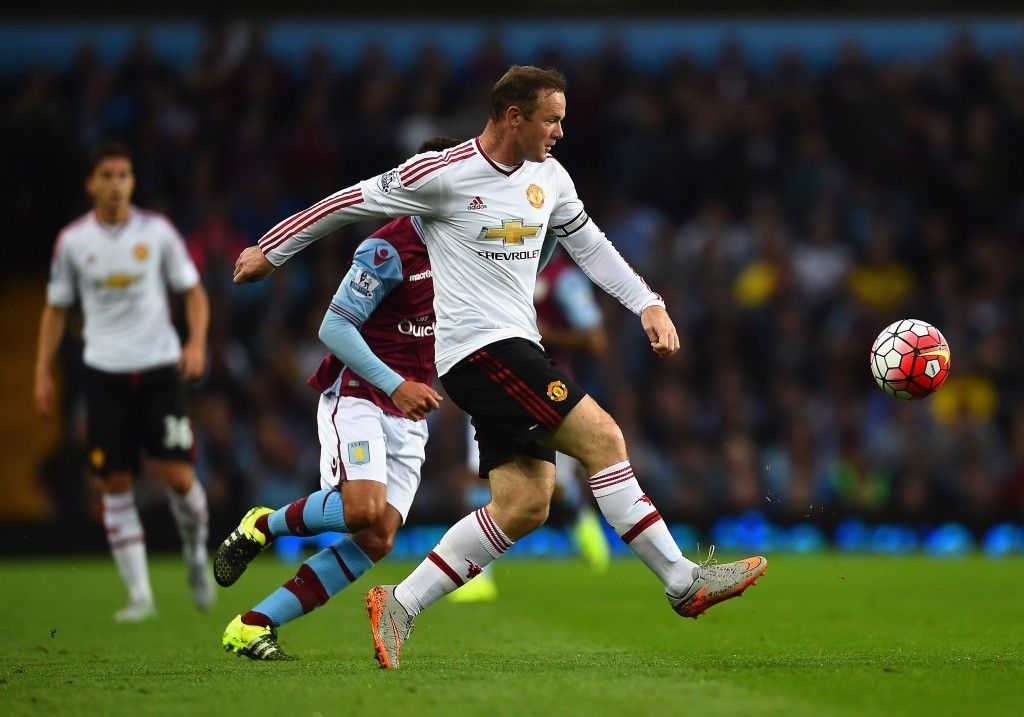Manchester United fans don’t have to delve too far into their memory to recall how quickly a player can physically decline.
Robin van Persie was a phenomenon in his first season with the club, scoring the goals that secured a historic 20th league title, and proving to be Alex Ferguson’s final transfer masterstroke before he retired.
However, from the moment Van Persie smashed in an incredible volley to secure the title against Aston Villa at Old Trafford, the player’s fortune, and physical capabilities, began to wane.
A combination of a severe downturn in United’s form the next season following David Moyes’ appointment as manager, and a series of niggling injuries, sapped the life from the Dutch striker.
Van Persie couldn’t be revived by Louis van Gaal, and it was clear last season that an irreversible physical decline had set in.
Few protested when the striker was sold to Fenerbahce last month.
Wayne Rooney’s physical decline always seemed more inevitable than most. The United captain, who has been playing top flight football since 2002, is possibly the oldest 29-year-old in the Premier League.
His burly physique, all-action playing style and notoriously patchy fitness record, meant Rooney was unlikely to ever mirror Ryan Giggs’ career path.
Thirteen years of top flight football, over 550 games and five international tournaments is bound to wear a player down eventually.
While Giggs gave up butter, chocolate and crisps because he was worried it would affect his fitness, Rooney is reportedly less committed to that kind of abstinence.
What never seemed likely was that Rooney’s technique, or more specifically his first touch, would desert him.
When the 16-year-old Everton forward plucked the ball out of the air, spun away from the Arsenal defenders and hit a curling shot into the top corner past David Seaman, English football, from fans to media, was giddy with excitement.
Rooney was skilful and powerful, blessed with a deft touch and wonderful imagination. The type of player that comes along once in a generation. He was considered Cristiano Ronaldo’s equal during their early years together at Old Trafford. Sky Sports would mention Rooney, Ronaldo and Messi as the game’s three elite players.
Fast forward to present day and the he sight of Rooney lumbering his way through two August games shouldn’t be a surprise as he generally takes a number of games to reach match sharpness.
One could apply the same argument regarding the player’s first touch, which was noticeably poor against both Tottenham Hotspur and Aston Villa.
However, there’s evidence to suggest that Rooney’s previously reliable first touch is a thing of the past, which, when added to an inevitable physical decline for a player two months shy of his 30th birthday, makes for a worrying scenario for United fans.
Here’s Rooney’s famous goal against Arsenal in October 2002.
The finish alone is incredible, but notice how Rooney’s first touch deceives the Arsenal defence and creates the vital space to get his shot away.
Here’s Rooney in 2006, this time for United, but once again tormenting Arsenal with a deft touch and a powerful finish.
Here’s a few more clips to show just how good the young Rooney’s first touch and control was.
Now contrast that Wayne Rooney, full of attacking intent, blessed with a wonderful first touch, that enabled him to create vital space and utilise his power and speed, who always looked to drive forward, with this:
Or this:
Wayne Rooney's first touch lets down Angel Di Maria at Burnley. #mufc pic.twitter.com/xV1rOEnfWu
— John Brewin (@JohnBrewin_) August 31, 2014
Or this:
Or this:
Riyad Mahrez is better than Wayne Rooney, plus other things we learned (via @2MinutesAdded): http://t.co/uVn6xYedq2 pic.twitter.com/lT38CebeTo
— SB Nation (@SBNation) August 15, 2015
One could argue it’s harsh to highlight isolated incidents like these, but there’s enough evidence to suggest Rooney’s previously excellent close control has deserted him at the same time as he enters a physical decline.
When combined with what is readily apparent to the naked eye – that Rooney is struggling physically – this doesn’t make for good reading for the player or United’s title hopes.
Here’s Rooney’s heatmap from Friday’s game against Villa.
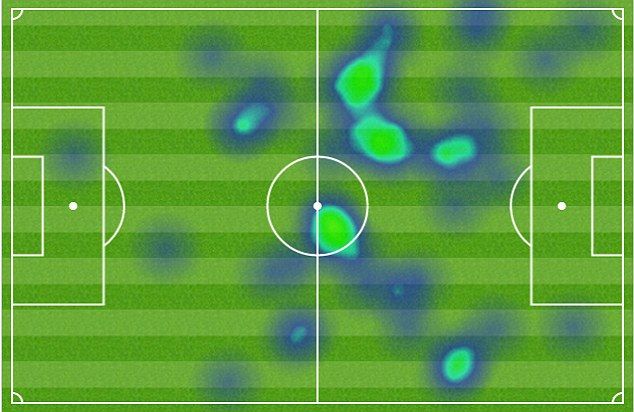
Rooney played as United’s lone striker, but was dropping deep for the ball, and never looked to run in behind the Villa defence.
This could be the result of United’s sometime ponderous build-up play, or that Rooney is no longer capable of effectively playing centre-forward for a team seeking to compete for trophies and the latter stages of the Champions League.
Whereas the young Rooney dropped deep, received the ball with ease, turned and committed opposition players, the 2015 version doesn’t possess the same raw power or pace to bully defenders and drive his team forward, or the first touch, and close control, to create space and effectively link-up with teammates.
This end result is performances like those Rooney put in against Villa and Spurs.
If you’re still not convinced the player’s first touch is shot, pay close attention to Rooney the next time you’re watching United play, and keep in mind just how good it was during the player’s best years.
Devoted fans of the club, and Rooney, may argue that the player merely needs more games to find his touch and match fitness.
However, his displays are making it harder to give him the benefit of the doubt.
There’s enough evidence to suggest that the player is in a downward spiral that may well be irreversible, and there’s no hiding from it now that he’s the club’s undisputed starting centre-forward.
It’s always sad to see a great player decline, but just as Van Gaal, and United, ruthlessly dispatched Van Persie when the rot set in, United would be wise to cover themselves by relieving the reliance on a player who appears to be a shadow of his once great self.

